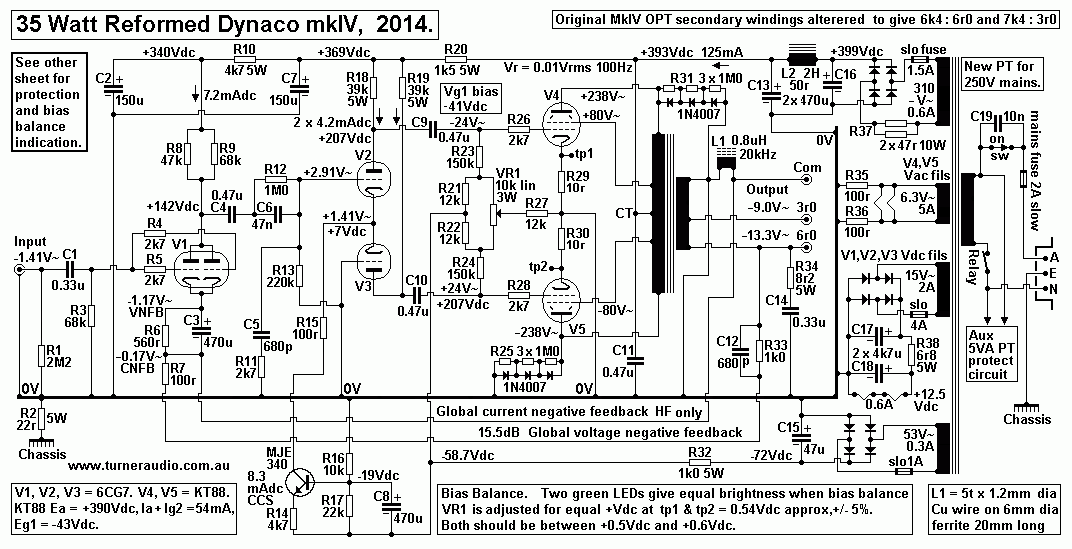Hi folks, I am working on a 12AU7 cathodyne PI for KT88. Looking at a typical 47K Ra and Rk, if I were to parallel the triodes would it make sense to halve the Ra and Rk values, as one would do in a paralleled gain stage?
I'm thinking it would allow for smaller grid leak values on the KT88s?
I'm thinking it would allow for smaller grid leak values on the KT88s?


Comment